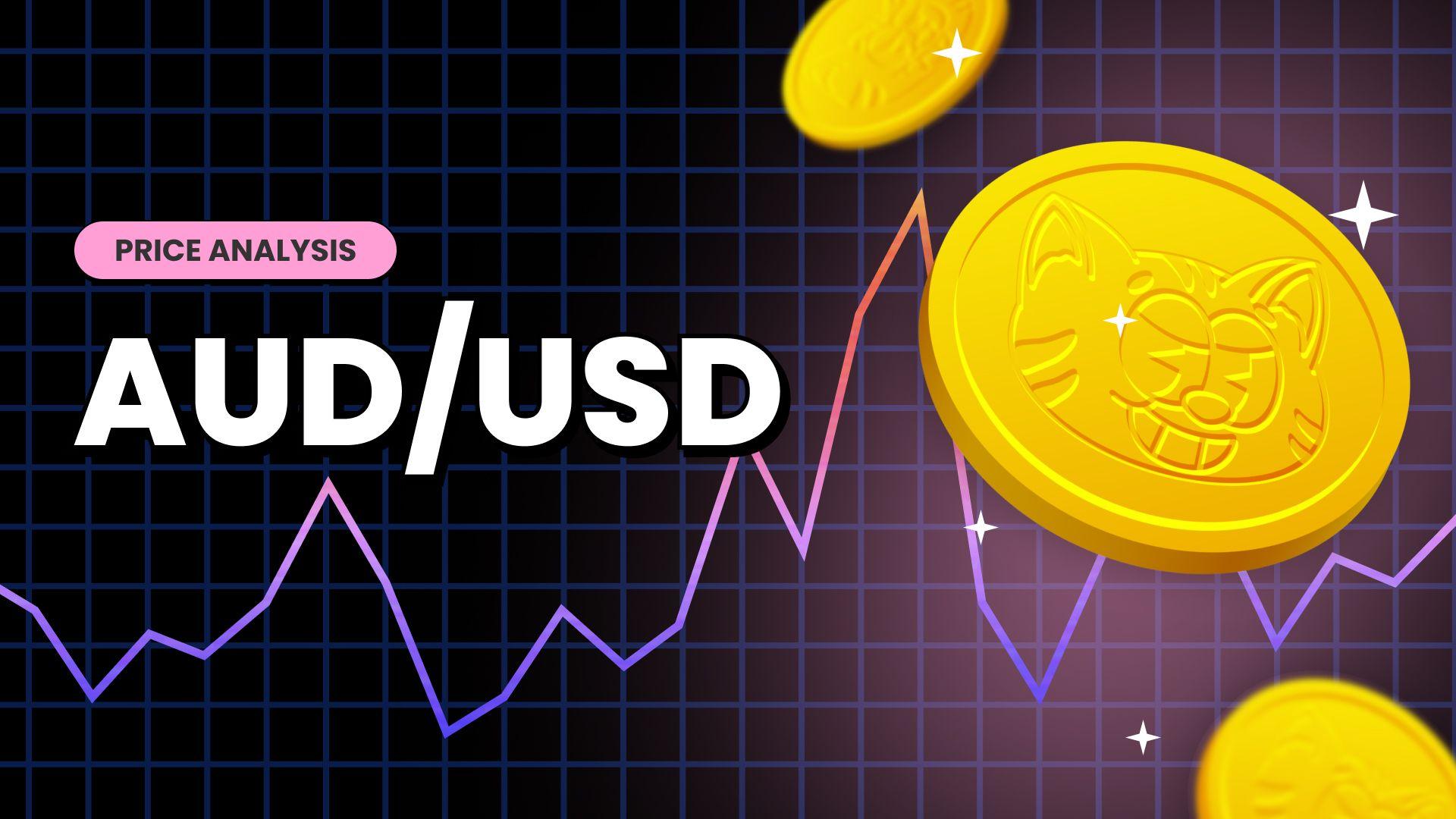AUD/USD Extends 50% Fib Level Modest Bounce Gains Above 0.64500s levels /Two-Months High As PBoC Holds Rates






Key Takeaways:
- AUD/USD pair on Monday extended 50% Fib Level Modest Bounce Gains Above 0.64500s levels /Two-Months High
- Optimism around China following new liquidity despite PBoC holding rates boost underpins the Aussie dollar
- Firm market expectations that the Fed is done with its rate-hiking cycle weigh heavily on the greenback and help exert upward pressure on the AUD/USD pair

AUD/USD cross extends the reversal from the 50% Fibonacci retracement level/0.64523 level touched on Friday and climbs to a fresh two-month high above the 0.65400s levels on Monday, buoyed by optimism around China despite PBoC holding rates and a weaker U.S. dollar.
As widely expected, the People's Bank of China (PBoC) maintained lending rates at the November fixing. The one-year loan prime rate (LPR), the medium-term lending facility used for corporate and household loans, was left unchanged at a record low of 3.45%, and the five-year rate, a reference for mortgages, was kept at 4.2% for the fifth straight month.
Separately, the Chinese Central Bank announced it had injected an additional 80 billion yuan of liquidity after injecting 1.465 trillion yuan worth of one-year MLF loans into the banking system last week but kept the rates (medium-term interbank rates) on those loans unchanged as economic activity in October was mixed, with headwinds from the property sector deepening despite a slew of stimulus measures from authorities. Additionally, Chinese authorities promised increased policy assistance for the troubled real estate industry to boost confidence in one of China's key sectors.
That said, the immediate market implication following the release of the news saw the China-proxy Australian dollar rise significantly by as much as 0.15% against the dollar before further extending gains toward the 0.64000s level.
Further contributing to the sentiment around the AUD/USD cross is the generally weaker U.S. dollar, weighed by retreating U.S. Treasury bond yields amid firm market expectations that the Fed is done with its rate-hiking cycle. This comes after two U.S. Bureau of Labor Statistics reports released last week pointed to cooling inflation pressures at the consumer and producer level, which, together with slowing job and wage growth, fully reinforce market expectations that the Fed is done with its monetary policy tightening campaign. In fact, CME's Fed watch tool shows that Fed fund futures traders have priced in nearly a 3% chance that the Fed will hike interest rates during the December meeting.
In contrast, the Reserve Bank of Australia might be forced again to hike its cash rate during the December meeting, which remains supportive of the Aussie dollar after data last week showed employment in Australia surged by 55 thousand to 14.17 million in October, surpassing market forecasts of a 20 thousand gain and significantly speeding up from the 7.8 thousand rise in September. Elsewhere, Australia's seasonally adjusted unemployment rate increased to 3.7% in October 2023, a slight acceleration from September's three-month low of 3.6%, aligning with the market consensus.
As we advance, investors look forward to the U.S. docket featuring the release of the Leading Index (MoM)(Oct) data report set for release during the mid-North American session. In the meantime, the U.S. bond yields and broader market risk sentiment will continue to influence the U.S. dollar and allow traders to grab some trading opportunities around the AUD/USD pair.
Technical Outlook: Four-Hours AUD/USD Price Chart

From a technical standpoint, the AUD/USD price is up 0.72% for the day after extending the modest reversal from the pivot level (P) rejection, which coincides with the 50% Fibonacci Retracement level at 0.64523. The modest reversal has seen the shared currency break above two crucial resistance levels at 0.65228 (R1) and 0.65418 (R2). A further increase in buying pressure would encounter resistance at the 0.65769 level, followed by the 0.66025 level, about which, if the price pierces these barriers, bulls could extend a leg up toward the 0.67000 psychological mark.
On the flip side, any meaningful pullback (correction) by bears will find support at the 0.65228 (R1) and 0.65418 (R2) levels, respectively. A clean move below these levels will not only bring to target the key resistance level plotted by an ascending trendline extending from the mid-November 2023 swing lower low, but A subsequent break below this support level will open the door for a drop toward the 50% fib level at 0.64523. A clean move below this level would see the shared currency decline toward confronting the 61.8% fib level at the 0.64291 level. Acceptance below this level would act as a fresh trigger for sellers to push the price further downwards toward tagging the technically strong 200-day (brown) Exponential Moving Average (EMA) at the 0.64125 level. A convincing move below this level would invalidate the current bullish outlook and could see the shared currency pull further south toward the 0.63949 support level (S1), followed by the 0.63490 level, or, in extreme bearish cases, the shared currency could decline further toward the October 2023 record (resistance level) low at the 0.62691 level.
